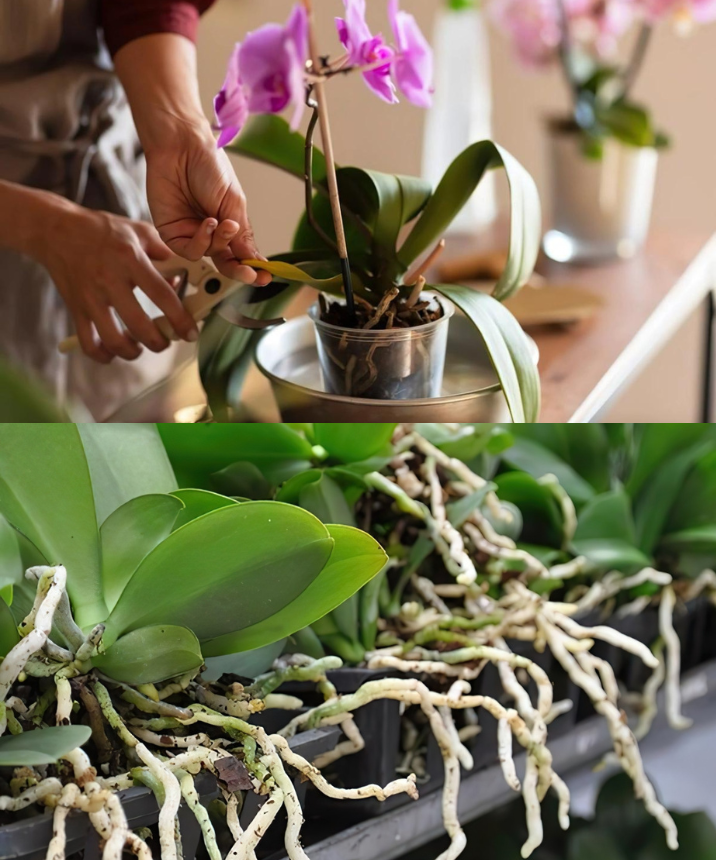Aerial roots are a distinctive feature of many orchid species and often raise questions about whether they should be trimmed or not. In this article, we will explore this issue and provide guidance on how to properly handle orchid aerial roots to keep them healthy and happy.
What Are Aerial Roots?
Aerial roots are specialized structures that emerge from the stems or pseudobulbs of orchids and extend outward into the air. Unlike terrestrial roots, these roots are not buried in the soil and instead absorb moisture and nutrients from the surrounding air. Orchids rely on these aerial roots to obtain the necessary resources for their growth and development.
Should We Trim the Aerial Roots?
The decision to trim the aerial roots of orchids depends on several factors, including the overall health of the plant and the purpose of the trimming. Here are some considerations to keep in mind:
Plant Health: If the aerial roots are healthy and green or silvery in color, there is no need to trim them. These roots are effectively performing their function of absorbing moisture and nutrients from the air.
Dead or Rotten Aerial Roots: If some aerial roots are wilted, dry, or rotten, it is advisable to trim them to prevent the spread of diseases to other parts of the plant.
Aesthetic Purpose: Some gardeners choose to trim aerial roots to improve the appearance of the plant. However, this is not necessary for the health of the orchid and should be done carefully to avoid damaging healthy roots.
How to Trim Aerial Roots Safely
If you decide to trim the aerial roots of your orchid, it is important to do so safely to avoid harming the plant. Follow these steps:
Prepare the Tools: Use sharp and sterilized pruning shears to prevent the spread of diseases.
Assess the Roots: Carefully examine the aerial roots and identify those that are dead, dry, or rotten.
Trim Carefully: Trim the affected roots as close to the main stem of the plant as possible. Avoid cutting healthy roots and make sure not to damage other parts of the plant in the process.
Apply a Sealing Agent: After trimming the roots, you can apply a cutting sealant agent, such as powdered cinnamon, to help prevent infections.
Conclusion
In summary, the aerial roots of orchids do not necessarily need to be trimmed unless they are dead, dry, or rotten. If you decide to trim them, do so carefully and only when necessary to maintain the plant’s health. Remember that aerial roots are a natural part of orchid growth and play an important role in their survival and well-being.
